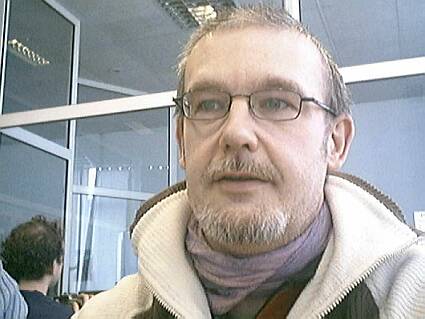Professional Video Conferencing: Logitech QuickCam Orbit
Greatly Improved Performance
The undeniable improvement in quality is mainly down to the sensors. Most mid- and top-range devices have CCD sensors. These are better and more competitive than CMOS ones which may be cheaper but they are also older and less well integrated.
Another reason for better performance is the processing capacity of more powerful computers. The photograms in a sequence are captured at a rate of 30 images per second instead of 15 for maximum resolutions of 640x480 for video and 1280x960 for photography. We should say though that the resolution of 1280x960 pixels for stills is usually interpolated and that 640x480 is scarcely ever used in videoconferencing because, in spite of this real progress and increasing bandwidth size, requisite for broadband, there is a limit to the information, which can transit via the net. This is why the most usual resolution is 320x240 for video.
That said, the Orbit has an excellent 640x480 CCD sensor. Video images in this resolution are very good, even if they are a tad jerky. Exposure is perfect even in poor lighting conditions and the colors and contrasts are fine, quite adequate for Webcam purposes. The quality is hardly degraded in 320x240 if you keep to the screen scale and the image transmitted shows all the facial expressions. The integrated mike is also well made - it is sensitive, does not saturate and filters out background noise nicely.
The photo mode should only be used for sending snaps where quality is not a prime concern. The image may be fairly clear, but it is still a video picture. If you tweak the software, you can push the resolution up to 1280x960, but there's not much point. The point is not to print a snap but to send it so it can be seen on a screen. For this, the native resolution of 640x480 is best.
Get Tom's Hardware's best news and in-depth reviews, straight to your inbox.
Current page: Greatly Improved Performance
Prev Page Look Me In The Eyes, Continued Next Page Instant Messaging Coming Soon